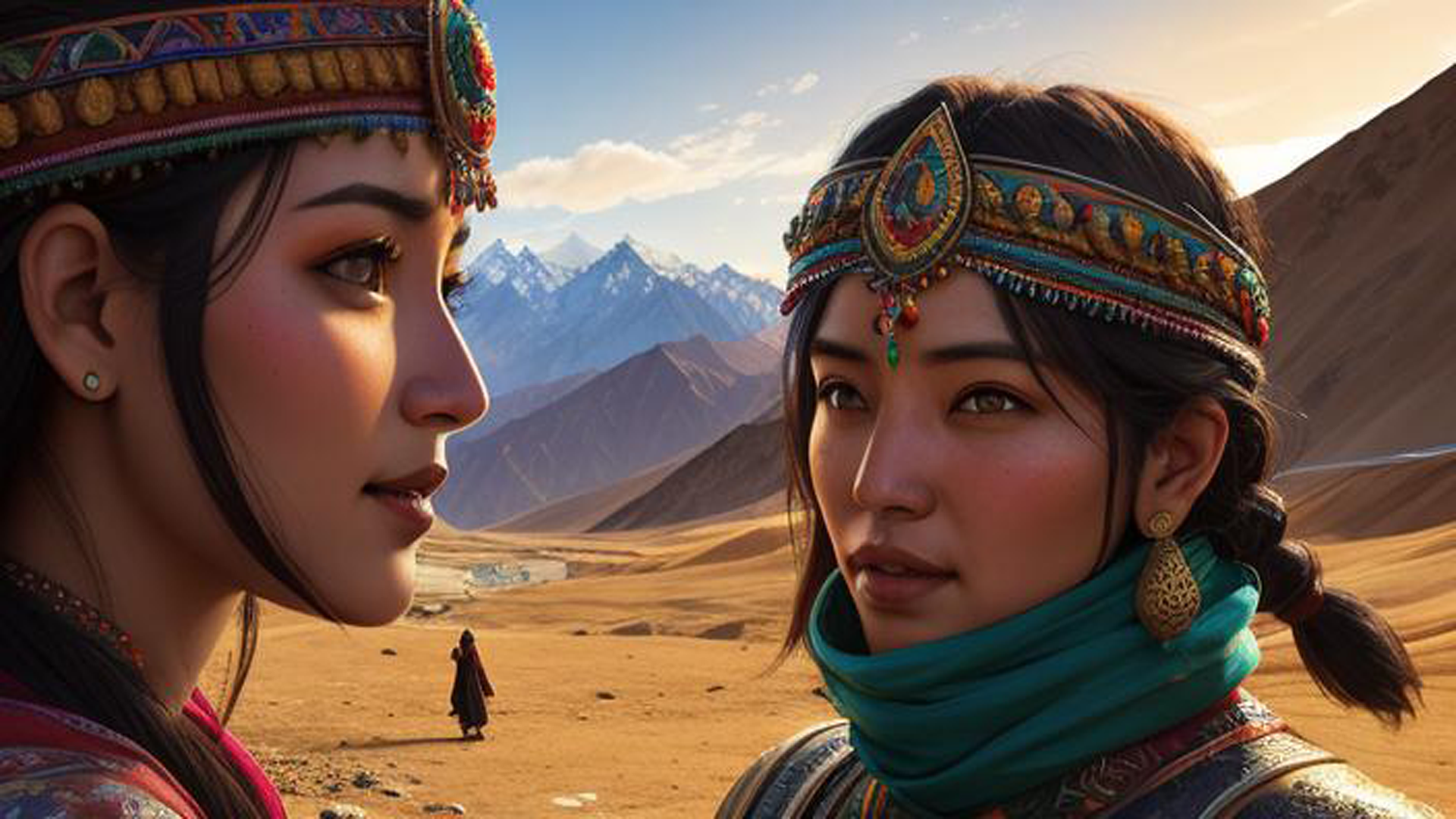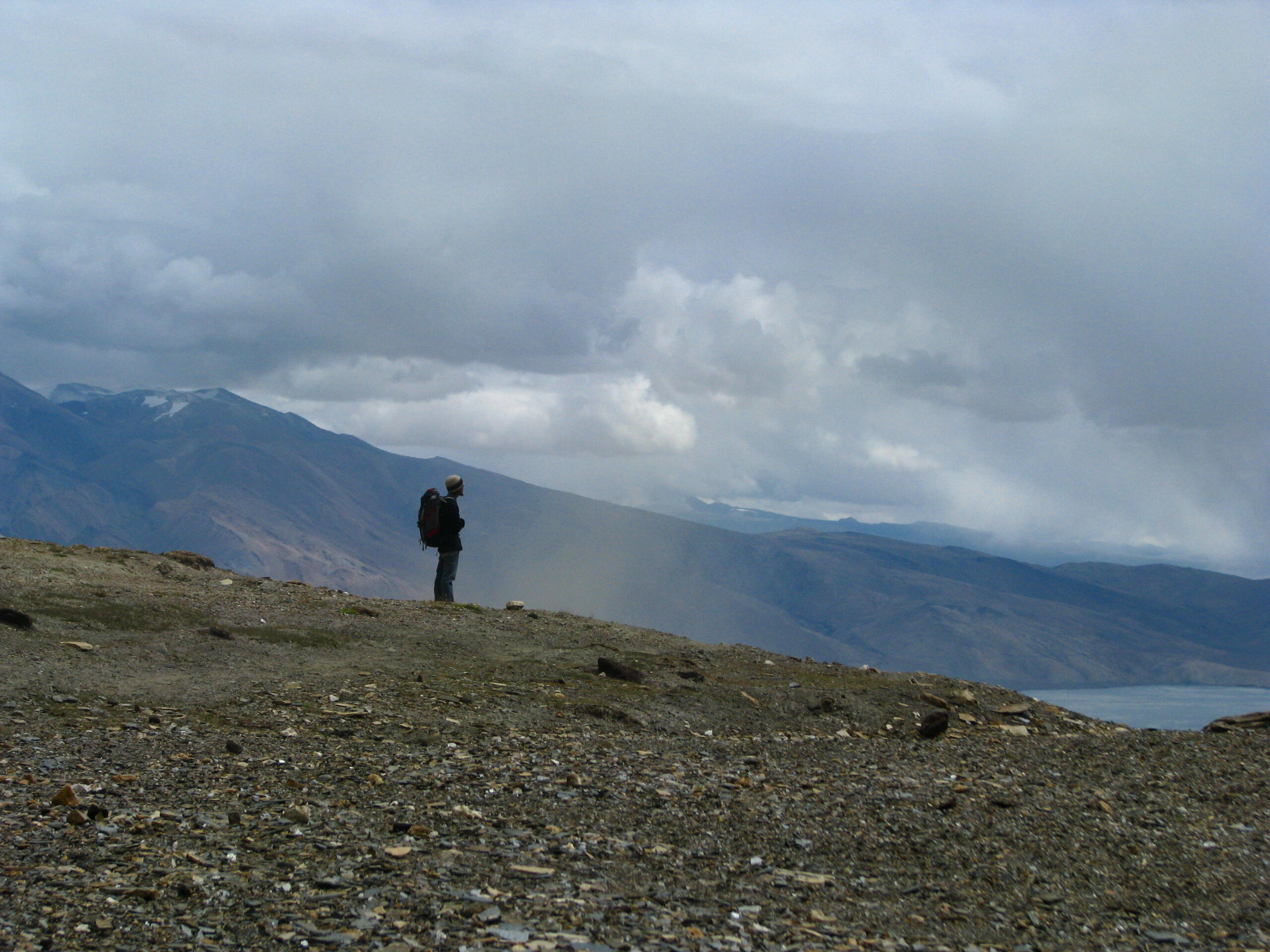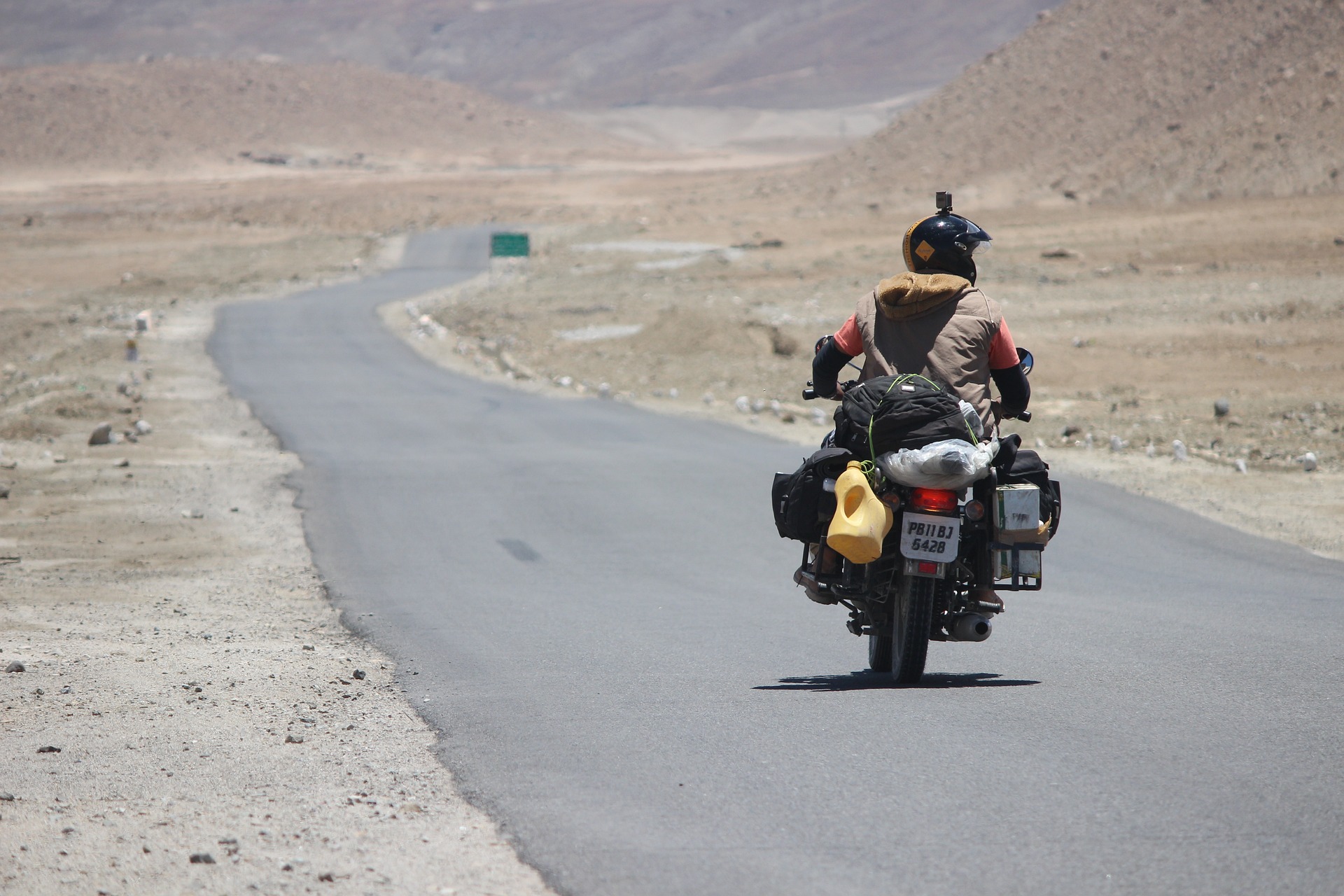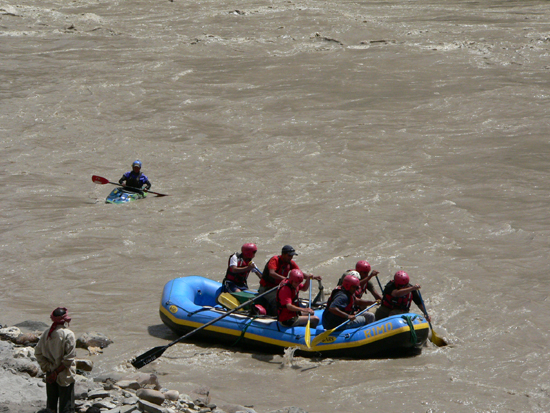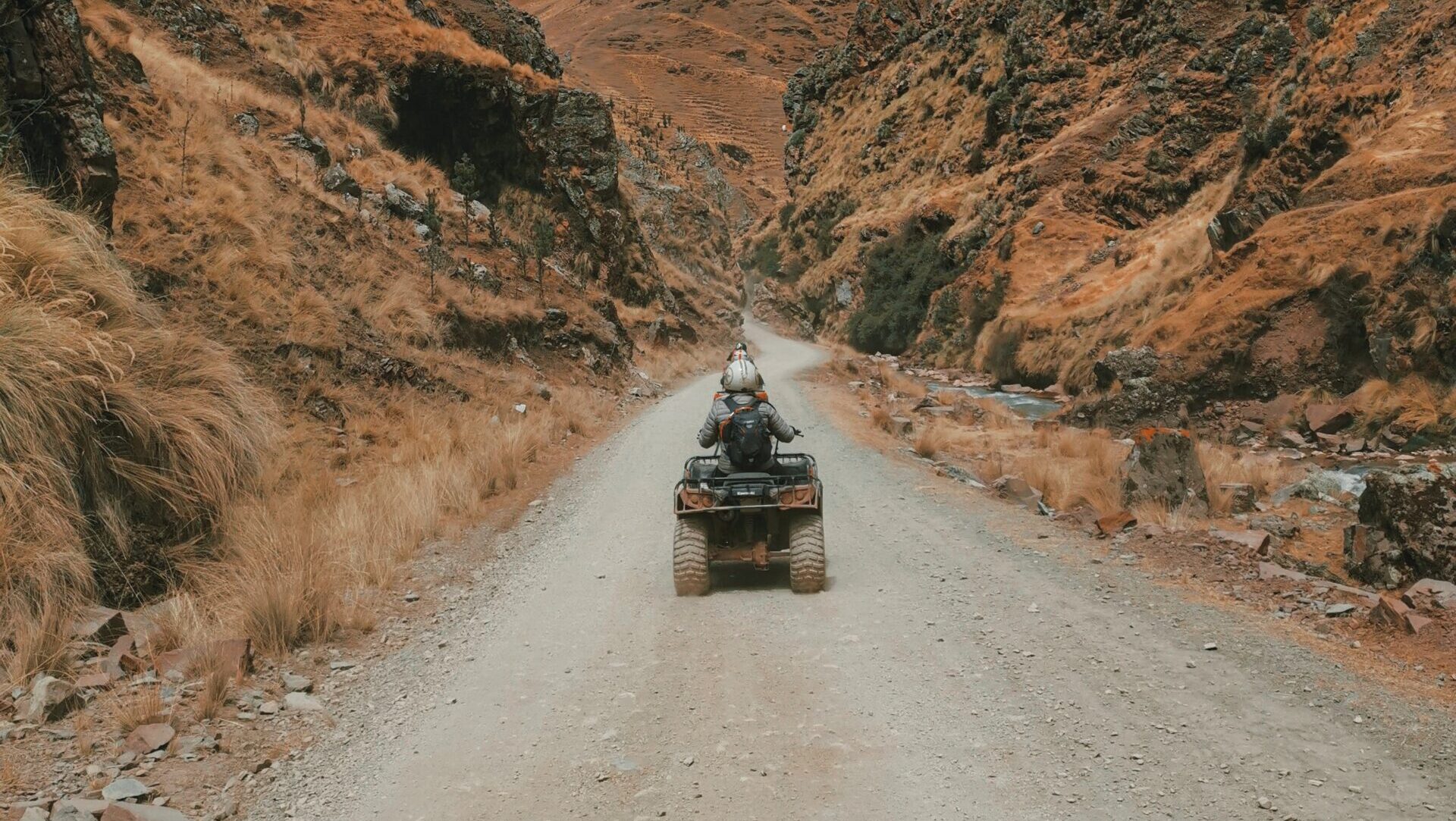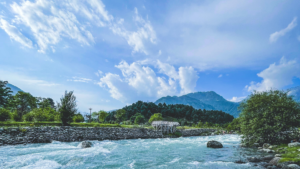These are the things that attracts people to Ladakh
What makes you a traveler?
Before we discover what mainly attracts tourists to Ladakh, we must discuss what makes a destination a tourist magnet. To sum it up, 5 things makes a tourist destination attractive.
- Type of tour- This clarifies the ways you reach your destination as well as, group tours, solo tours, family trips, or a honeymoon trip.
- Adventure activities at destination- This attracts a lot of travelers, there are many activities like paragliding, animal rides, water activities, or some adventure rides, etc.
- Cultural Experiences- You’ll observe a lot of sites that show the history and culture of a destination. If you visit in some specific season You will enjoy certain festivals and social gatherings. Also people travel to fulfill their religious aspirations. At last, the market also showcase traditional arts and crafts of that destination.
- Sight Scenes- It is a breathtaking and remarkable experience to view what you mostly see through mobile/ Tv screens. At the same time it also attracts many tourists.
- Food- Some delicacies are only available or can be prepared in your travelling destination only. Through social media apps and media it creates a craving in people’s mind to taste and try the dish. It also attracts tourists.
Main Attractions for people travelling in Ladakh
As discussed above, Ladakh has many attractions from the above category which gives you the answer to what mainly attracts people to Ladakh.
Types of tour in Ladakh
Road Trip to Ladakh
While traveling to Ladakh by road it generally takes additional time and at the same, it gives you time with yourself and your loved ones. This is the reason most people prefer a road trip over other methods. Additionally, you won’t need to acclimatize as Ladakh has a very high altitude
Bike Trip to Ladakh
Similar to road trip, Bike trip also gives you time to spend with yourself and no need for acclimatization. It is quite adventurous journey for many youngsters which also makes you feel independent as it is a quite big journey.
Visiting using flights
Here you book flights to Ladakh, which lands at Leh airport. Most people visit Ladakh through flights as it saves a lot of time so they can explore and stay in Ladakh much longer. Though convenient, this way also requires you to rest on the first day of your trip as you might face altitude sickness.
Adventure activities at destination
Adventure activities of Ladakh are quite unique and very enjoyble. Each location of Ladakh offers a unique adventure activity you can enjoy with you and your loved ones
1. Trekking
Trekking (also known as Hiking and backpacking) is an activity where people walk on a trail for a few hours or even days, exploring the wonders of mother nature. There are many places in Ladakh where you can enjoy trekking, some of the popular ones are listed below.
- Markha valley
- Nubra valley
- Rumtse to Tso-mo-riri
- Shyam Valley trek
- Lamayuru to alchi trek
- Zanskar trek
2. Mountain Biking
Mountain Biking is quite adventurous activity in Ladakh for excited bike travelers, as Ladakh has a very different and challenging terrain to ride Bikes. While people traveling with their own bikes can enjoy this on their vehicle, there are many vendors which rent bikes to curious adventurers too. You can contact Arrange my Tour for more information.
4. Jeep Safari
Similar to bike trips people enjoy this trip as well so they can travel in a different landscape or terrain. Here are some journeys that people go for on Jeep safari.
- Leh – Nubra Valley Loop
- Nubra Valley Exploration
- Leh – Padum (Zanskar) Route
- Zanskar Valley Villages
- Leh – Pangong Tso
- Leh – Tso Moriri
- Leh – Hemis National Park
If you are curious about any of these treks, You can contact Arrange my Tour freely.
Ladakh Sight Scenes & Cultural Experiences
Ladakh is a wonderful place which has a wide variety of mountains, monasteries (where monks and nuns stay), and gompas (a type of meditation room). These sights and monasteries attracts many tourists and religious people seeking peace.
Sight scenes in Ladakh
- Pangong Tso: Marvel at the mesmerizing turquoise waters of Pangong Tso, harmoniously set against a backdrop of barren mountains. Additionally, witness the unparalleled beauty of the high-altitude lake.
- Nubra Valley: Immerse yourself in the distinctive desert landscape of Nubra Valley, complete with sand dunes, monasteries, and stunning mountain scenery. Moreover, soak in the uniqueness of this valley.
- Khardung La Pass: Conquer the world’s highest motorable pass, savoring the panoramic views of the Himalayas. Furthermore, relish the breathtaking scenery that unfolds at Khardung La Pass.
- Tso Moriri: Experience the serene beauty of Tso Moriri, renowned for its crystal-clear waters and diverse wildlife. Additionally, discover the tranquility that emanates from this high-altitude lake.
- Leh Palace: Take a glimpse into the royal history of Ladakh at Leh Palace, once a royal residence that now offers scenic views. Additionally, appreciate the historical significance and panoramic vistas.
- Shey Palace: Explore the ruins of Shey Palace, soaking in the panoramic vista of Leh Valley. Furthermore, delve into the historical remnants and enjoy the expansive views.
- Magnetic Hill: Witness the optical illusion at Magnetic Hill, where cars seem to climb uphill due to a gravity-defying phenomenon (although the actual cause is likely an inclined road). Moreover, experience this intriguing marvel.
- Chang La and Taglang La Passes: Drive through the high-altitude passes of Chang La and Taglang La, witnessing the dramatic landscapes of the Himalayas. Furthermore, experience the thrill of traversing these challenging terrains.
- Hemis National Park: Immerse yourself in the diverse wildlife and rugged terrain of Hemis National Park. Additionally, explore the unique flora and fauna thriving in this high-altitude sanctuary.
- Hall of Fame: Pay respects to Indian soldiers who lost their lives defending the borders at Ladakhi high altitudes.
Monasteries and Gompas in Ladakh
- Hemis Monastery: Hemis Monastery, the largest and most renowned in Ladakh, stands out for its colossal Maitreya Buddha statue and hosts the vibrant Hemis Tsechu festival annually.
- Thiksey Monastery: Nestled atop a hill, the structure resembles a honeycomb, featuring intricate corridors and vibrant murals illustrating Buddhist narratives.
- Shey Monastery: Nestled amid the mountains, an ancient monastery boasts impressive ruins, offering panoramic views of Leh.
- Spituk Monastery: Nestled in the mountains, this sanctuary is home to hundreds of monks, providing breathtaking views of the Indus Valley.
- Stakna Monastery: Affectionately known as “Tiger’s Nose,” this spot sits on a precarious cliff, providing awe-inspiring views.
- Namgyal Tsemo Gompa: Nestled within Leh Palace, the venue boasts intricate murals and offers panoramic views of the city.
- Diskit Monastery: Situated in the Nubra Valley, this is not only the oldest but also the largest monastery. It proudly houses a massive Maitreya Buddha statue.
- Samstanling Gompa: Nestled in the serene landscape, a Tibetan Buddhist monastery is renowned for its tranquility and elaborate wall paintings.
- Yarab Tso Gompa: Nestled atop a hill, a secluded monastery commands a breathtaking view of the stunning Yarab Tso lake.
- Rangdum Monastery: Situated in the Zanskar Valley, the largest monastery impressively displays ancient Thangka paintings while providing breathtaking views.
- Karsha Monastery: Dating back to the 8th century, this monastery is renowned for its distinctive architectural style and vivid murals.
- Stongdae Monastery: Perched on a clifftop, this location offers breathtaking views of the Zanskar River and valley.
- Alchi Monastery: Notably, the oldest monastery in Ladakh is celebrated for its exquisite Tibetan Buddhist wall paintings and sculptures.
- Phyang Monastery: Renowned for its 900-year-old museum, which houses an extensive array of artifacts and firearms.
- Likir Monastery: Perched atop a scenic hill, it provides tranquil views, adorned with intricate Buddhist artistry.
- Takthok Monastery: Nestled within a cliff face and reachable solely by ladder, this destination provides an exceptionally distinctive experience.
Popular Festivals of Ladakh
- Losar (Ladakhi New Year): In February or March, the vibrant Losar marks the commencement of a new year according to the Tibetan calendar. Notably, festivities, such as family gatherings and traditional archery competitions, epitomize cultural richness.
- Dosmochey: Starting off in January, this unique festival features oracles communicating with deities to predict the fortune of the coming year. Notably, immerse yourself in captivating rituals and vibrant processions that highlight Ladakhi traditions.
- Hemis Tsechu: Come June or July, the grand Hemis Tsechu at Hemis Monastery stands as a Ladakh trip highlight. Expect lively masked dances, colorful costumes, and profound religious rituals, creating an immersive experience.
- Yuru Kabgyat: September witnesses the celebration of the ancient Yuru script at Yuru Kabgyat. Here, immerse in Ladakhi culture through music, dance, and theater performances, creating a vibrant celebration.
- Stok Guru Tsechu: In August, the Stok Guru Tsechu at Stok Monastery unfolds with traditional dances, music, and religious ceremonies. Witness the grand unveiling of the giant Thangka, enhancing the festival experience.
- Saka Dawa: Celebrated in May or June, Saka Dawa marks Buddha Shakyamuni’s birth, enlightenment, and death anniversary. Engage in prayer sessions, offerings, and vibrant processions, fostering a deep spiritual connection.
- Sindhu Darshan: In June or July, Sindhu Darshan involves prayers and rituals dedicated to the sacred Indus River, a crucial lifeline in Ladakh. Experience a sacred bond with the river through these rituals.
- Tak Tok Festival: October brings the unique Tak Tok Festival at Takthok Monastery, featuring mesmerizing fire rituals and masked dances performed on a cliff face. Engage with the festival’s unique energy and spiritual elements.
- Phyang Tsedup: Commencing in January, Phyang Tsedup symbolizes the age-old battle between good and evil through captivating masked dances at Phyang Monastery. Dive into the festival’s symbolism and cultural significance.
Types of food in Ladakh
There are many veg and non- veg dishes that you can enjoy in Ladakh. While any of these dish can be converted from veg to non- veg, the actual taste of these dishes comes in their natural form.
Popular Vegetarian Dishes
- Thukpa: Thukpa, a Ladakhi staple, is a noodle soup featuring vegetables or meat broth. Unquestionably, it stands as a hearty and essential dish.
- Tingmo: Often paired with thukpa or other dishes, Tingmo is steamed bread. Additionally, it complements various Ladakhi flavors, forming a delightful combination.
- Skyu: Skyu, a local yogurt, gains its distinct tangy flavor through a unique fermentation process. Additionally, it offers a refreshing and culturally rich culinary experience.
- Chhurpi: Available in various textures and flavors, Chhurpi is yak cheese. Furthermore, it adds a unique taste to Ladakhi cuisine, creating a delightful culinary variation.
- Chutagi: Chutagi, a pasta-like dish crafted from barley flour and vegetables, represents a unique Ladakhi culinary tradition. Moreover, its distinctive preparation method enhances its appeal.
- Paba and Tangtur: A traditional edible dough, Paba and Tangtur, is crafted with roasted flours and peas. Furthermore, its unique combination adds depth and variety to Ladakhi cuisine.
- Momos (Veg): Steamed dumplings, Momos (Veg), are filled with a vegetable medley. Importantly, ingredients like cabbage, potatoes, carrots, onions, and spinach offer a flavorful and wholesome taste.
- Shaptra: Crepes stuffed with vegetables, usually potatoes and greens, characterize Shaptra. Additionally, it presents a savory and satisfying dish in Ladakhi culinary traditions.
- Sengye Tshepa: Sengye Tshepa, a lentil stew with barley flour dumplings, showcases a blend of hearty ingredients. Notably, it stands out for its wholesome and fulfilling taste.
- Lhaphing: A cold noodle salad, Lhaphing, combines vegetables and sesame sauce. Furthermore, its unique preparation adds a refreshing and vibrant element to Ladakhi cuisine.
Popular Non-Vegetarian Dishes to Try
- Momos (Meat): Transitioning to the first delight, Momos are steamed dumplings generously filled with minced meat, typically mutton or yak, offering a delightful start to the culinary journey.
- Thukpa (Meat): Moving on, Thukpa emerges as a warming noodle soup featuring a hearty meat broth blended with an array of vegetables, creating a comforting culinary experience.
- Sha Phaley: Transitioning to the crispy side, Sha Phaley showcases deep-fried minced meat rolls, often crafted with flavorful yak or mutton, providing a satisfying crunch and rich taste.
- Sikkil: Shifting to a vibrant stir-fry, Sikkil presents stir-fried meat harmoniously combined with vegetables and an array of spices, delivering a symphony of flavors.
- Yakh Shapta: Diving into unique textures, Yakh Shapta introduces dried yak meat strips, versatile enough to be enjoyed as a savory snack or incorporated into hearty stews, offering a distinctive taste.
- Tingmoche: Transitioning to the realm of steamed delights, Tingmoche features steamed bread elegantly stuffed with minced meat, delivering a delightful combination of softness and savory goodness.
- Chha Gura Gham: Pivoting to the beverage realm, Chha Gura Gham emerges as a staple Ladakhi beverage, presenting yak butter tea that provides a warm and comforting touch to the culinary experience.
- Chang: Transitioning to the local brew, Chang stands out as the traditional barley beer brewed at home, offering a unique taste deeply rooted in Ladakh’s culinary heritage.
Conclusion
After viewing the above details, there is no single reason that makes a destination attractive. There are always multiple factors that make a destination a tourist magnet. We hope these details helped you explore Ladakh’s much deeper knowledge. If you are looking to book a trip to Ladakh you can click the link below and share your details.

